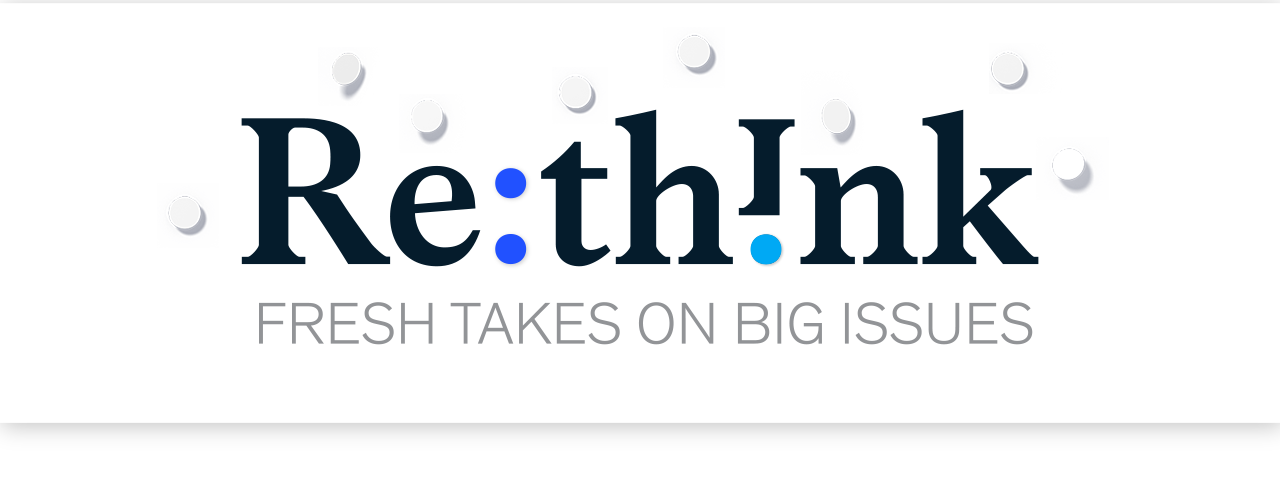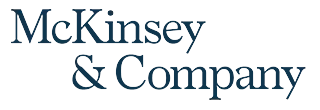 | |
|
|
|
ON ECONOMIC SENTIMENT
How do Americans view their economic opportunities?
|
|
|
|
|
|
|
|
|
|
|
|
The American Opportunity Survey explores how Americans are feeling about their economic opportunities today, how optimistic or pessimistic they are about the future, and how that differs by gender, race, income, educational level, and geography. This was our third such survey, and we’re conducting it now for the fourth time, so we have valuable longitudinal data.
In this survey taken between mid-March and mid-April 2022, Americans were feeling the most pessimistic since we started conducting the survey. Wages are growing, but inflation is outpacing them, so people are feeling the pinch of affordability, particularly in food and gas prices. Americans are not sensing that economic opportunities will get better in the future. Women are feeling more pessimistic than men, and a lot of them cut back on spending, including on essentials such as groceries and transportation. In the younger age group, between the ages of 18 and 24, 48 percent said that they couldn’t afford healthcare. That was up by four percentage points from the previous year. Exactly half of all respondents said they couldn’t cover more than two months of expenses if they were to lose their jobs. So, for a lot of people, there’s not a lot of economic wiggle room, period.
In the US job market, there are more job postings than people looking for work, but there are a few things that are causing a labor market mismatch. One is that many of the job postings are for roles with much higher skill and education levels than what the people looking for jobs possess. There is also a geographic mismatch—and only a third of respondents said they would move for a job. The third is a lack of flexibility. Remote work is not an option for everybody.
That being said, we also learned that many workers can and do work flexibly or remotely. A full 58 percent of respondents told us that they have the option of working flexibly at least part of the time. It differs by gender, junior workers versus more senior workers, and the type of job. This movement to flexible work allows some companies to lift geographic barriers. It allows them to recruit from a larger talent pool. More companies than before are able to look across the entire country for talent to find the right leader for the right role.
In this survey, we also asked about independent work—gig, freelance, and side-hustle work. A remarkable 36 percent of employed respondents told us they identify as independent workers. That’s a notable increase since we last estimated the US independent workforce in 2016 at 27 percent of the employed population. Pretty consistently over our surveys, these have been jobs for both younger and older workers and are also more likely to be positions for new immigrants. Independent work is often a stepping-stone job to more full-time employee status. Interestingly, about a third of gig workers over age 55 didn’t expect to stop working. They seem to think of this as “I’m going to keep doing this for a very long time,” likely as a way to supplement retirement income.
|
|
| |
|
“People were pretty much across-the-board more pessimistic than last year. Only 15 percent of Americans thought that they had more economic opportunities than last year.”
|
| |
|
Throughout this research, I was most struck by the fact that people were pretty much across-the-board more pessimistic than last year. Only 15 percent of Americans thought that they had more economic opportunities than they did last year. Women on average were more pessimistic than men: one in four men thought that they would have better opportunities, compared with only 16 percent of women. Immigrants are a bit more optimistic, possibly because a greater sense of optimism about economic opportunities in the United States may be one of the drivers for immigrating in the first place.
The research revealed some interesting generational divides, especially about Gen Z, or people ages 18 to 24. This was the least likely age group to expect ever to retire—almost a quarter of them never expect to do so. Gen Zers also had much higher rates of being diagnosed with or treated for mental-health conditions than any other age group. Gen Z really stood out in these two ways: expecting to work for a very, very long time, and higher rates of mental-health issues.
Is the American dream alive and well? I think most people would say no. I think it’s largely because of inflation, mental-health challenges, and other issues in accessing jobs and economic opportunity. We’re seeing some real threats to the American dream, but they’re not insurmountable.
|
|
|
Organizations can take action in a few ways. One is to think hard about the flexibility that employers can offer in a broader set of jobs. That can make a big difference to the talent companies are trying to attract. Companies and leaders can also think about geographic mismatches and explore ways to access rural talent, for example. Finally, they can think more about the mental-health challenges that their employees are increasingly experiencing and consider the support that is needed. A toxic workplace, for example, can lead to employee burnout. Forty-one percent of workers reported that they feel like they have a hostile work environment and that such an environment is hampering their ability to perform their jobs. That’s an extremely high number of people who feel their work environment is hostile.
|
|
|
| |
| | | |
|
Federico Marafante on the new real estate reality |
|
The COVID-19 pandemic had a lasting impact on how the world works, shops, and interacts. Here’s how real estate is changing for employers, workers, consumers—and landlords.
|
|
| |
| |
|
This email contains information about McKinsey’s research, insights, services, or events. By opening our emails or clicking on links, you agree to our use of cookies and web tracking technology. For more information on how we use and protect your information, please review our privacy policy. |
|
You received this email because you subscribed to our McKinsey Quarterly alert list. |
|
|
Copyright © 2022 | McKinsey & Company, 3 World Trade Center, 175 Greenwich Street, New York, NY 10007 |
|
|
|
|





